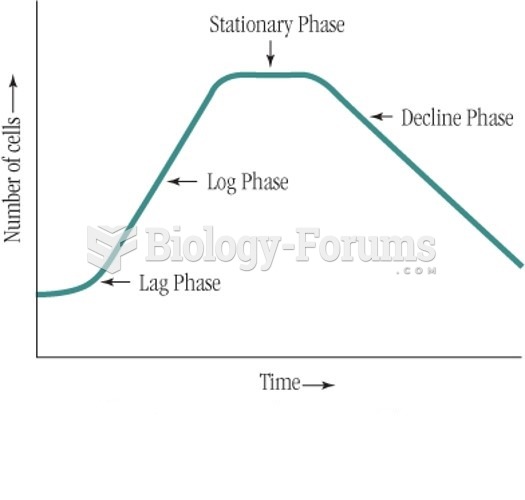This topic contains a solution. Click here to go to the answer
|
|
|
Did you know?
On average, someone in the United States has a stroke about every 40 seconds. This is about 795,000 people per year.
Did you know?
More than 50% of American adults have oral herpes, which is commonly known as "cold sores" or "fever blisters." The herpes virus can be active on the skin surface without showing any signs or causing any symptoms.
Did you know?
On average, the stomach produces 2 L of hydrochloric acid per day.
Did you know?
Eat fiber! A diet high in fiber can help lower cholesterol levels by as much as 10%.
Did you know?
There are more bacteria in your mouth than there are people in the world.
 A typical distillation curve. Heavier molecules evaporate at higher temperatures and contain more ...
A typical distillation curve. Heavier molecules evaporate at higher temperatures and contain more ...
 Effect-log dose curve for the analgesic action of three narcotics and aspirin. Hydromorphone is more ...
Effect-log dose curve for the analgesic action of three narcotics and aspirin. Hydromorphone is more ...





